Not all PRP is created equal!
Platelet rich plasma (PRP) has emerged as the latest and greatest treatment for musculoskeletal conditions in the last couple of decades!
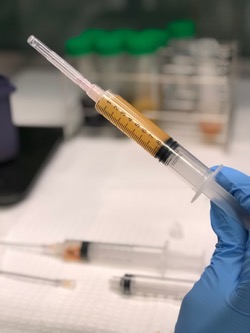 PRP can be used to treat numerous different things. In the musculoskeletal world PRP has been proven to be highly effective for conditions such as arthritis, chronic tendon injuries and ligament injuries. These include conditions such as knee osteoarthritis, lateral epicondylitis (tennis elbow), rotator cuff partial tears, patellar tendinitis, gluteal tendinitis, hamstring tendinopathy, low back pain from bulging and herniated discs, and so on. All of these conditions have had good evidence to show PRP is an effective treatment modality!
PRP can be used to treat numerous different things. In the musculoskeletal world PRP has been proven to be highly effective for conditions such as arthritis, chronic tendon injuries and ligament injuries. These include conditions such as knee osteoarthritis, lateral epicondylitis (tennis elbow), rotator cuff partial tears, patellar tendinitis, gluteal tendinitis, hamstring tendinopathy, low back pain from bulging and herniated discs, and so on. All of these conditions have had good evidence to show PRP is an effective treatment modality!
Many healthcare organizations and insurance companies consider PRP to be “experimental“. A lot of this has to do with the origins of PRP, as well as how it was initially billed. Approximately 15 years ago PRP came onto the market and insurance companies were paying for it, and physicians were being paid very handsomely for it. Insurances were being billed as if it were a “transplant procedure”, as we are taking the blood out from the individual and injecting it into a different region, so essentially it is an autologous transplant. Insurance companies got wind of these billing practices and labeled the procedure as “experimental” and stopped paying for it.
That said, PRP has still continued its rise in usage by sports medicine physicians as we saw the therapeutic benefits of this procedure being performed. Prior to PRP (and prolotherapy), our only real option for treating patients with chronic musculoskeletal pain and joint dysfunction/arthritis was to use corticosteroids (aka: steroids, CSI, cortisone shot). Steroids can help temporarily relieve pain but they are merely a bandaid for the condition you are treating; the pain is likely to return as the structure is still damaged. Also, we know now that steroids can also cause further degeneration (wear and tear) of tissue. Steroids can make arthritis progress more rapidly (increasing the need for a total joint replacement) and it can cause soft tissue like tendons to degenerate and become more vulnerable to tears and ruptures.
There have been many industry companies who have created a PRP device that makes it simplistic for the platelet rich plasma to be performed. In general, platelet rich plasma is obtained by a blood draw being performed. The blood is then mixed with an anticoagulant to avoid it from clotting. It is then spun down in a centrifuge in a specialized manner, depending on the type of PRP looking to be obtained and the type of the kit from the company being used for the procedure. The final product should be a concentrated amount of platelets, well over the baseline level.
I have personal experience using several of the different industry sponsored PRP kits, including Arteriocyte, Biomet, and Emcyte. Some have worked better than others, and the platelet concentration would vary between companies and their respective kits. Many of these industry sponsored kits would use the “buffy coat method“ of obtaining platelet rich plasma, and this could separate platelet rich plasma into two categories, leukocyte-rich, and leukocyte-poor. To simplify these terms, leukocytes are white blood cells used in your body‘s immune and injury response system. They can further be broken down into granulocytes (aka: polymorphonuclear (PMN) cells: neutrophils, eosinophils, and basophils), which tend to cause more of the painful inflammation after an injury, and agranulocytes (aka: mononuclear cells: monocytes and lymphocytes), which tends to more favor remodeling and regrowing of tissue. So further simplified, there are bad (granulocytes) and good (agranulocytes) parts of inflammation. Most of the current research on PRP has pointed to leukocyte-poor PRP to be used in joints, and leukocyte-rich PRP to be used in soft tissue structure such as tendons.
I have adopted the model of my mentor, Dr. Paul Tortland, who is one of the foremost leaders in regenerative medicine in the world. Over a period of time he worked with several scientists and hematologists to develop a better way of manufacturing PRP. He developed a method to suspend the platelets in the plasma rather than the buffycoat. This method allows us to remove the platelets without getting any of the red blood cells (which can taint and dilute the PRP and make the injection very painful). This method also allows us to separate out the pro-growth agranulocytes while removing the more inflammatory granulocytes. So instead of obtaining leukocyte-rich or leukocyte-poor PRP, we are able to obtain “leukocyte-optimal PRP! To simplify it down, this method gives you the good aspects of pro-growth inflammation but not the effects of painful inflammation.
I transitioned from using the commercially available systems to Dr. Tortland‘s specialized PRP method when I started Motion is Medicine in February 2019. Since then, I have seen profound differences in my success of PRP, as well as significant decreases in the discomfort of patients while performing it. This was further demonstrated when I performed PRP on myself (see video below)!
In summary, not all PRP is equivalent. When you come see me at Motion is Medicine you know you will be getting the best product available setting you and your body up for a successful procedure, a quicker return to function, and a more significant decrease in pain!
Click here to schedule a consultation to see if PRP is right for you!

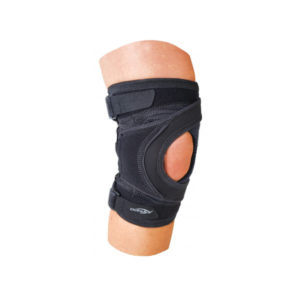
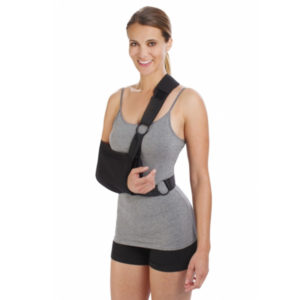
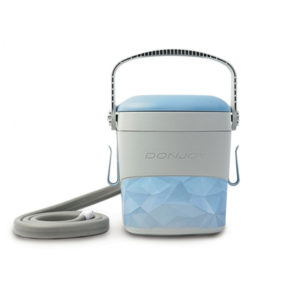
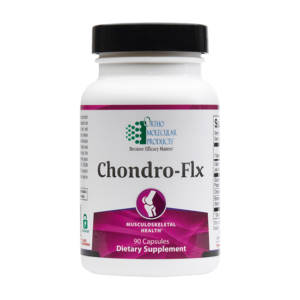

You are an amazing writer! I just bookmarked your site. Dominique Pavel Waverly